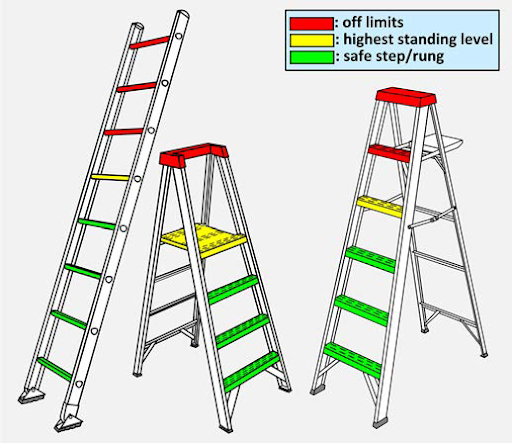Mice in Work Areas: Awareness and Response
4 April 2025

Unknown author (original) Public domain, via Wikimedia Commons
Hazard Description
Mice are wild animals that will naturally seek food and shelter. When mice gain access into spaces where we live or work they often cause property damage and their fecal matter may pose risk to human health. For example, certain mice (e.g. rural deer mouse) may carry hantavirus. Human exposure to hantavirus may occur by aerosolization or direct contact with infected mouse urine, saliva and feces. The virus can be killed by most household disinfectants (e.g., 10% bleach). The risk for being infected with hantavirus in urban Alberta is very low.
Evidence of Mice
Signs of mice activity generally appear before sightings of mice. Two common signs of mice presence are pellet-like droppings, and gnaw marks on wiring and other surfaces. You may also observe damage to insulation, siding, wallboards and food containers and see evidence of holes or burrows. If you suspect mice in your work area, please submit a Maintenance Request to Campus Operations + Services by selecting “Pest Control.”
How to Clean Up Mice Droppings
If you feel comfortable doing so, please proceed with cleaning up following the recommended procedure below. If not, please submit a Maintenance Request to Campus Operations + Services by selecting “Pest Control.”
Clean-up procedures must be performed in a way that limits the amount of airborne dust and provides protection from direct contact. Treat all mice and droppings as being potentially infectious.
- Air out the space by opening doors and windows (if possible) for at least 30 minutes before cleaning begins and keep the space ventilated while cleaning.If there is reason to suspect that mice have access to ceiling, wall, HVAC space submit a Maintenance Request to Campus Operations + Services by selecting “Pest Control.”
- If available, put on appropriate Personal Protective Equipment (PPE) for situational comfort (gloves, mask, and eye protection). Be mindful not to touch your face.
- Clean by placing a paper towel on top to contain the dropping, spray disinfectant on top of the paper towel or use a wet mop and disinfectant (rather than sweeping or vacuuming).
- Dispose of waste in regular garbage.
- If wearing PPE, remove it and thoroughly wash hands with soap and water.
Prevention
Prevention is key in controlling mice on University of Alberta campuses and action should be taken as soon as signs of activity are noticed. The most effective approach to prevent mice infestation and contact with mice is to remove food sources, water and items that provide shelter for mice.
- Maintain good housekeeping practices (keep spaces tidy and organized and items off the floor).
- Store food in sealed containers and in a common area, not at a personal desk.
- Eat in a designated common area, not at a personal desk.
- Dispose of food waste in common area garbage that is emptied daily.
- Conduct regular workplace inspections to identify signs of mice activity.
When in doubt please submit a Maintenance Request to Campus Operations + Services by selecting “Pest Control.”
Emergency Preparedness and Response
- Ensure you are wearing the appropriate PPE for the larger clean-up task.
- Be aware of the nearest eyewash station prior to clean-up. In the event of eye exposure workers must immediately flush their eyes for up to 15 minutes
Report any potential exposure to your supervisor and submit an HSE Incident Report.
Health Monitoring
If potential exposure occurs, report any flu-like symptoms to your supervisor (fever, body aches, chills, breathing problems) that develop within six weeks after exposure and seek the advice of a healthcare provider.


